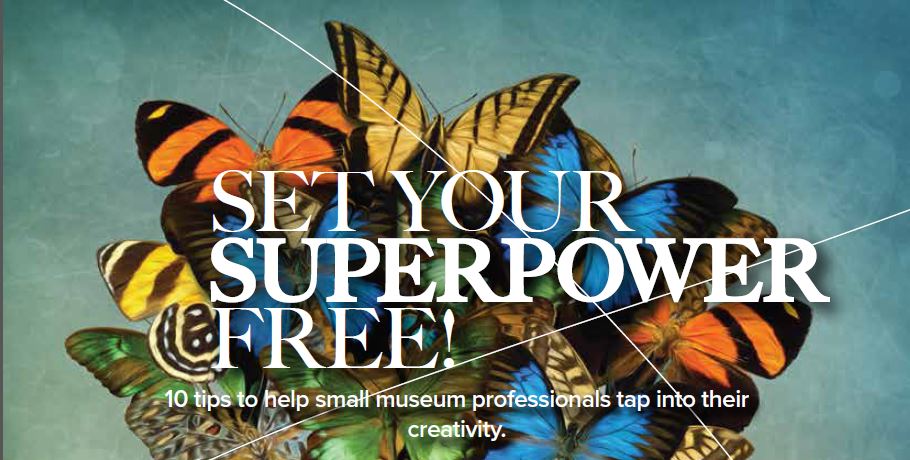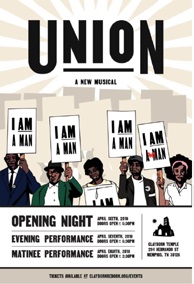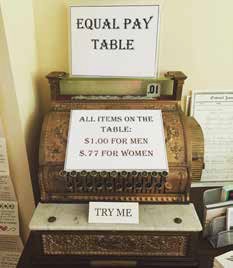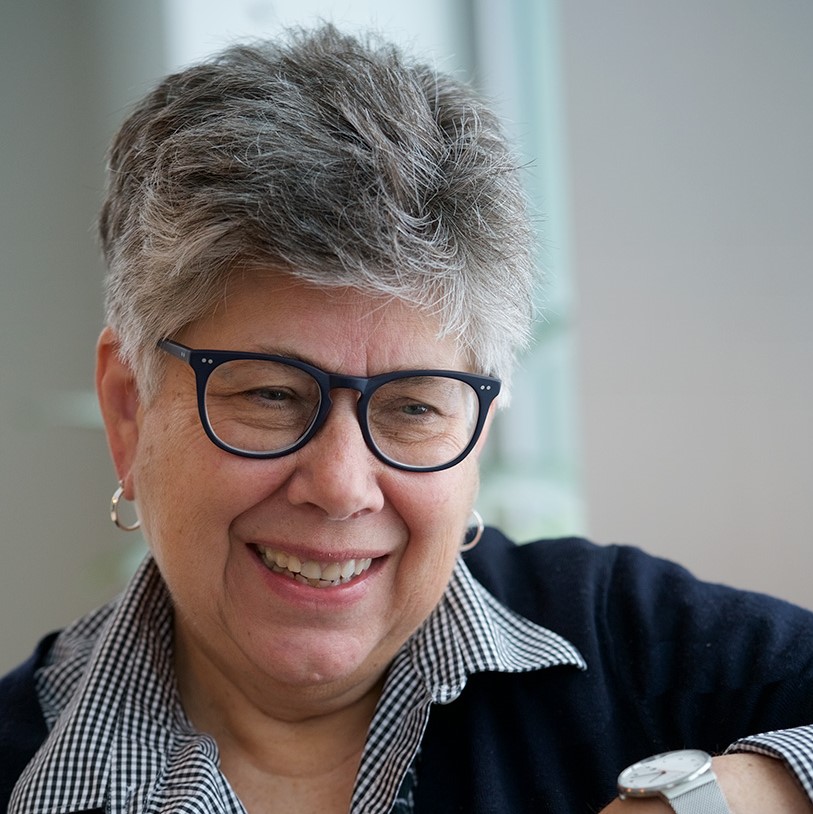
This article originally appeared in the November/December issue of Museum magazine, a benefit of membership with the Alliance.
You’ve probably heard some variation of the following: making changes at a big institution is like turning an ocean liner around while changing course in a small organization is like tacking in a sailboat.
Small museum folks, you may not know it, but large museum professionals often envy you and your museum’s ability to adapt and change quickly. Embrace this!
Successful small museums make the most of their adaptability by being creative. In fact, creativity is a small museum’s superpower.
So what exactly is a creative museum? In our book Creativity in Museum Practice, Rainey Tisdale and I define the term: “Creative museums—and creative museum workers—produce new ideas and new ways of seeing things that add value either internally (to the staff and to operations behind the scenes) or externally (to a public audience).”
How do you do that? Here are 10 suggestions for exploiting your small museum’s superpower.
1. Continuously reflect on your practice, perspective, and privilege.
Creative people—and creative organizations—are always looking outward to find the next great idea. But we also need to do the hard work of looking inward.
Reflecting on your practice might mean rethinking your hiring strategies, pushing your board of directors to include more diverse perspectives, or looking deeply at your collections to see whose story is not included. Creative organizations don’t view this reflective work as a burden or an add-on to an already busy schedule. They embed it in everything they do.
2. Draw inspiration from everywhere—particularly from your own community.
Long ago, before Rainey and I knew each other and before we contemplated writing about creativity, we both attended a memorable AAM session chaired by Nina Simon, executive director of the Santa Cruz Museum of Art & History. A diverse, funny group of
colleagues shared places that inspired them to broaden their work. Public libraries, minor league teams, community gardens, and, as I remember, at least one guitar store, all provided inspiration.
In my own work, I’ve been lucky enough to travel to all kinds of places that provide inspiration. But far-flung travel isn’t the only way to expand your horizons. Vary the places you go for coffee in the morning, walk in a neighborhood different than yours, or attend a different house of worship.
You can also broaden your thinking through the pages of a book. This year I’ve been working on Book Riot’s Read Harder challenge. Designed to push your reading boundaries, the suggested tasks include reading a comic written and drawn by the same person, a book set in or about one of the five BRICS countries (Brazil, Russia, India, China, and South Africa), and a celebrity memoir.
3. Understand and set creative constraints.
“Constraint” isn’t always a positive word. But setting creative constraints can actually produce more creative work. You might brainstorm around the most engaging exhibitition you could produce for $250. Or you could set a time constraint: What can you accomplish in one hour to make your front desk more welcoming to visitors?
4. Organize your space and schedule to support your creative practice.
In small museums, staff offices are often tiny spaces, squeezed in storerooms or up in the attic. I know it’s tough to make room for a creative space, but try. Have you saved old exhibition panels? Outdated brochures? An old fax machine? Get rid of them! Make a comfortable space to share information and ideas. Put those markers and Post-its out for everyone to use when inspiration strikes.
You also need to organize your time for creative dreaming. At workshops, I often ask people to write a 30-day resolution on a postcard, and then I mail it to them at the 30-day mark. Resolutions have included bringing more fun to a work schedule that has become too hectic and cumbersome; seeing the site with new eyes; and visiting non-museum people for museum ideas.
5. Get together with local peers.
It’s often lonely out there, but it doesn’t have to be. Get together with your local museum colleagues to find out what they are up to. Your state museum association can help.
The Maryland Museums Association (MMA), for example, offers Brew & Review, a presentation at a member museum with beer (and wine) provided by MMA. “The goals were to provide a tangible benefit for our members, to help museum professionals learn from one another, and to do so on basically no budget,” says Lindsey Baker, an MMA board member. “It grew into an opportunity for us to gather and be open about our different challenges and let the brainstorming for solutions be less formal and more open to a variety of thoughts than a formal assessment program such as MAP or StEPs would have produced.”
6. Be open to new ideas with “plussing.”
Everyone has been in a work meeting where someone has an idea and the next person says, “But…we’ve always done it this way.” “But…we tried that once and it didn’t work.” “But…our members will hate it.” This almost immediately shuts down the flow of ideas.
Set a meeting ground rule that no one can use any of the phrases above. Instead, try a simple technique called “plussing,” or, from the world of improv comedy, “yes, and…” When an idea is floated, the goal of subsequent comments is to “plus” that idea by adding value, deepening the thought, or sharing a broader perspective.
7. Try brainwriting to get the most from all staff members.
The museum field, like any other workplace, has both introverts and extroverts. Extroverts like me love brainstorming meeting: we love to share our ideas out loud. But not everyone (ahem, introverts) operates that way, and an effective, creative workplace is one where everyone’s ideas are valued.
Try brainwriting; it’s simple. A task (say, how to make exhibits more engaging for families) is presented. In small groups, each person writes down, in silence, all the ideas he or she has. After a few minutes, that paper is passed to the next person, who plusses (see above) those ideas. I’ve been surprised at how often a shy person comes up to me at the end of a workshop and says, “I love that brainwriting! I hate talking in groups.”
8. Don’t be afraid to experiment—and experiment again.
The Harriet Beecher Stowe Center in Hartford, Connecticut, had a great social-justice mission and did compelling programming. However, when you visited Stowe’s house, the centerpiece of the visitor experience was a house tour, like so many other house tours out there.
The education/interpretation team, led by Shannon Burke and supported by Executive Director Katherine Kane, embarked on a three-year process to redesign the visitor experience. That process included many, many meetings, as you might expect, but it also included ongoing experimentation with every aspect of the visitor experience. Will visitors talk to each other? Will they read out loud? What story fits where in the narrative of the house? Do people feel uncomfortable—and is that good or bad?
How did it end up? Here’s one review on Trip Advisor: “The message of fearlessness, a call to action, and equality were told through Harriet, but the connections to 2018 were obvious.”
9. Directors, be creative leaders!
Creative leaders find ways to encourage the creative development of all staff while at the same time building staff cohesiveness. Rod Cofield, executive director of Historic London Town & Gardens in Maryland, plans professional development days throughout the year. These days have included visits to other museums; experiential learning trips, such as a horse day (more below) and sailing on a wooden tall ship; and simply staying onsite to talk through how the past few weeks or months have gone. “These days have really helped the group here decompress when needed and have injected more fun into our workspace,” Cofield says.
About that horse day: during most of London Town’s colonial and 19th-century history, horses were an everyday fact of life. “So, we took advantage of some connections to give our staff a horse day to learn more about this,” Cofield says. “They examined horse-related artifacts, had an hour-long discussion with a horse vet, got practical experience with brushing down horses and similar care, and then we ended with a trail ride.”
Creative leaders also look everywhere in the museum to both find inspiration and share a creative message. The staff at the Matilda Joslyn Gage Home in upstate New York created an equal pay table. A sign notes that all items on the table are $1.00 for men and $0.77 for women, reflecting the wage gap.
10. Build community creativity.

Small museums can play vital roles in building the creative, problem-solving capacity of their communities. There is a long tradition of non-Shakers gaining inspiration from Shaker history, landscapes, and material culture. Today, the Shaker Heritage Society in Albany, New York, draws on that tradition for its Day of Inspiration. At the event, participants can join a guided writing workshop in which they seek inspiration from the grounds, nature, and architecture.
Clayborn Temple in Memphis, Tennessee, an iconic site of the Civil Rights Movement, combines its history of activism with the creative and social justice talents of its community. It has produced and staged Union: A New Musical about the 1968 Memphis sanitation workers’ strike. The performances this year included a community conversation that brought young people, activists, artists, influencers, and civic leaders together around the ongoing work of democracy and activist training workshops.

“The solutions for communities live in those communities already,” says Clayborn Temple Executive Director Anasa Troutman. Creative small museums can help surface these solutions.
There’s one thing that all these creative efforts have in common: they are free or almost free. And that means that every small museum can try them out. Whatever you do, don’t waste your superpower!
Resources
Linda Norris and Rainey Tisdale, Creativity in Museum Practice, 2013
Linda Norris, The Uncataloged Museum, uncatalogedmuseum.blogspot.com
Scott Doorley and Scott Witthoft, Make Space: How to Set the Stage for Creative Collaboration, 2012
Book Riot’s Read Harder 2018 Challenge, bookriot.com/2017/12/15/book-riots-2018-read-harder-challenge/
Linda Norris is the global networks program director for the International Coalition of Sites of Conscience and was previously an independent museum professional focusing on creativity and community engagement. She is the co-author of Creativity in Museum Practice with Rainey Tisdale, with whom she has a continuing creative partnership that sparked much of this article.








